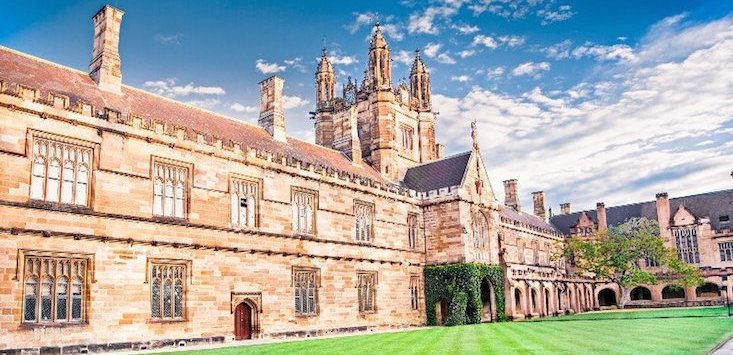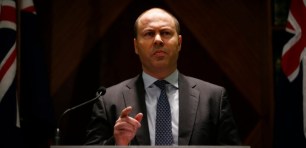
Source: The Mandarin
Modelling released by Victoria University’s Mitchell Institute has demonstrated the hit that the international education sector will take by the end of 2022 as a consequence of Australia’s borders staying shut.
According to the modelling, the sector will shrink by over 50% to $20.5 billion by the end of 2022. By the end of 2019 the sector was worth $40.3 billion.
“The trend is strongly down from this point onwards,” Report author Dr Peter Hurley said.
“While most of the economy is recovering, Australia’s third-largest export sector is yet to hit bottom.”
Most of the loss of economic value can be attributed to goods and services the international student cohort would spend across Australia’s broader economy with approximately 36% of that lost $20 billion normally going to accommodation and another 36% flowing to the hospitality and retail sectors.
The Stuck in transit: International student update policy brief found that student enrolment for online learning remained low — with only 17,000 new overseas enrolments (3.3% of total enrolments) by November 2020.
This figure falls well short of the 120,000 new students who would enrol in Australian higher education every six months under normal conditions, Dr Hurley noted.
“Currently about 260,000 fewer international students are living in Australia than before the pandemic, a 45% reduction,” he said.
“This is greater than the entire population of the Northern Territory.”
The modelling forecast comes in the same week as the federal government’s budget, which suggested that Australia’s border policy was to stay closed until at least mid next year.
On Friday, the NSW Vice-Chancellors’ committee issued a statement that said that ‘close’ and ‘constructive’ work with the state and federal governments over the last 12 months had been undertaken to ‘facilitate the safe return of international students to Australia’.
“This work is continuing to ensure that all safety and regulatory requirements can be met by the proposed strategy,” UNSW Sydney’s Professor Barney Glover said on behalf of the group.
“International students are a much-valued part of our community, and we look forward to welcoming international students back to our campuses soon.”
Australia’s international education sector will continue to shed people, the Mitchell Institute brief warns, as international students return home after completing their courses and are not replaced by new enrolees.
“Missed intakes disrupt the pipeline of international students — who usually study for two to three years. This means low enrolments today will continue to impact for several years,” Hurley said.
Handpicked for you

No international travel until mid-2022? Here’s what the budget tells us about border closures and tourism



COMMENTS
SmartCompany is committed to hosting lively discussions. Help us keep the conversation useful, interesting and welcoming. We aim to publish comments quickly in the interest of promoting robust conversation, but we’re a small team and we deploy filters to protect against legal risk. Occasionally your comment may be held up while it is being reviewed, but we’re working as fast as we can to keep the conversation rolling.
The SmartCompany comment section is members-only content. Please subscribe to leave a comment.
The SmartCompany comment section is members-only content. Please login to leave a comment.